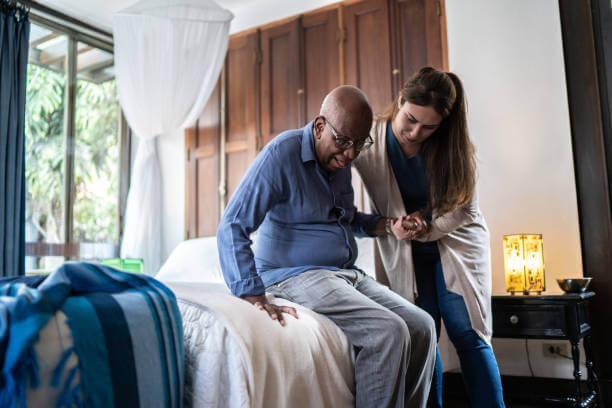Ask anyone who has anything to do with senior care about the biggest challenge facing the industry right now and you’ll get this answer: caregiver turnover.
Why is it such a problem? Have you ever dealt with the elderly? Let’s say you don’t like change — your favorite grocer goes out of business, your dry cleaner moves — annoying as hell but not exactly life-changing. Now imagine it’s the person who helps you with your activities of daily living — the person who bathes you, who feeds you, who wipes your bum — that kind of personnel change can be terribly, well, personal. Now imagine you are elderly, frail, and extremely vulnerable. That kind of change can shake you to your core.
As a senior care employer, caregiver turnover affects the bottom line. It costs to hire new caregivers, to recruit and interview them, run background checks, and train them to care for their senior clients. It costs home care agencies approximately $3,500 to replace one hourly employee.
Turnover rates for private duty in-home caregivers have been steadily increasing, from 39.4% in 2009 to 61.5% in 2014, according to Home Care Pulse’s 2015 Private Duty Benchmarking Study. Annual turnover rate can vary between 60% to 100% from state to state, according to research from the Institute for the Future of Aging Services.
Increasing caregiver shortages for long-term care demands we find out why caregiver turnover is so high and seek remedies to keep quality in-home caregivers happy and on the job.
There are many theories as to why caregiver turnover is so high. Of course, most studies show that low wages, lack of benefits, and no overtime pay contributes greatly to senior caregiver discontent. Since 2000, there has been a 23% increase in home health care employment, while salaries have remained the same at about $21,000 a year, according to research conducted by the Center for Business and Economic Research at Ball State University.
The National Private Duty Association has said that requiring employers to pay time-and-a-half for overtime could mean that some seniors will have to have more than one caretaker because they require more than 40 hours of care a week, or costs for the family would be so high, seniors would not receive all the help they need.
What would help with in-home caregiver retention, besides higher pay?
We at Caregiverlist hear from a lot of caregivers. Of course, caregivers cite better pay as a big contributor to better care, other factors are also important. Here are some suggestions in-home caregivers have for senior care agencies that would entice caregiver retention:
Offer Ongoing Training
No one wants to feel stuck in a rut. By receiving ongoing training, caregivers feel supported and know that they are developing their professional skills. The majority of caregiver turnover occurs in the first 60 days of employment, most likely due to lack of confidence in being able to provide competent care. Training increases that confidence.
Give Recognition
No one goes into senior care to become rich. Caregivers are interested in helping people and most go into the job because they had experience with family caregiving. A simple “Thank You” and acknowledgement of a job well done can increase caregiver satisfaction.
Provide Mentorship and Community
In-home caregiving can be a solitary endeavor. Of course relationships are built between caregiver and client, but it’s nice to know that one is not alone in the challenges and successes experienced as a caregiver. Providing opportunities to share caregiving stories, brainstorm solutions to common problems, and find professional camaraderie may help agencies retain quality senior caregivers.
If you are a senior caregiver, what would help keep you on the job? Share your ideas in the comments section.







